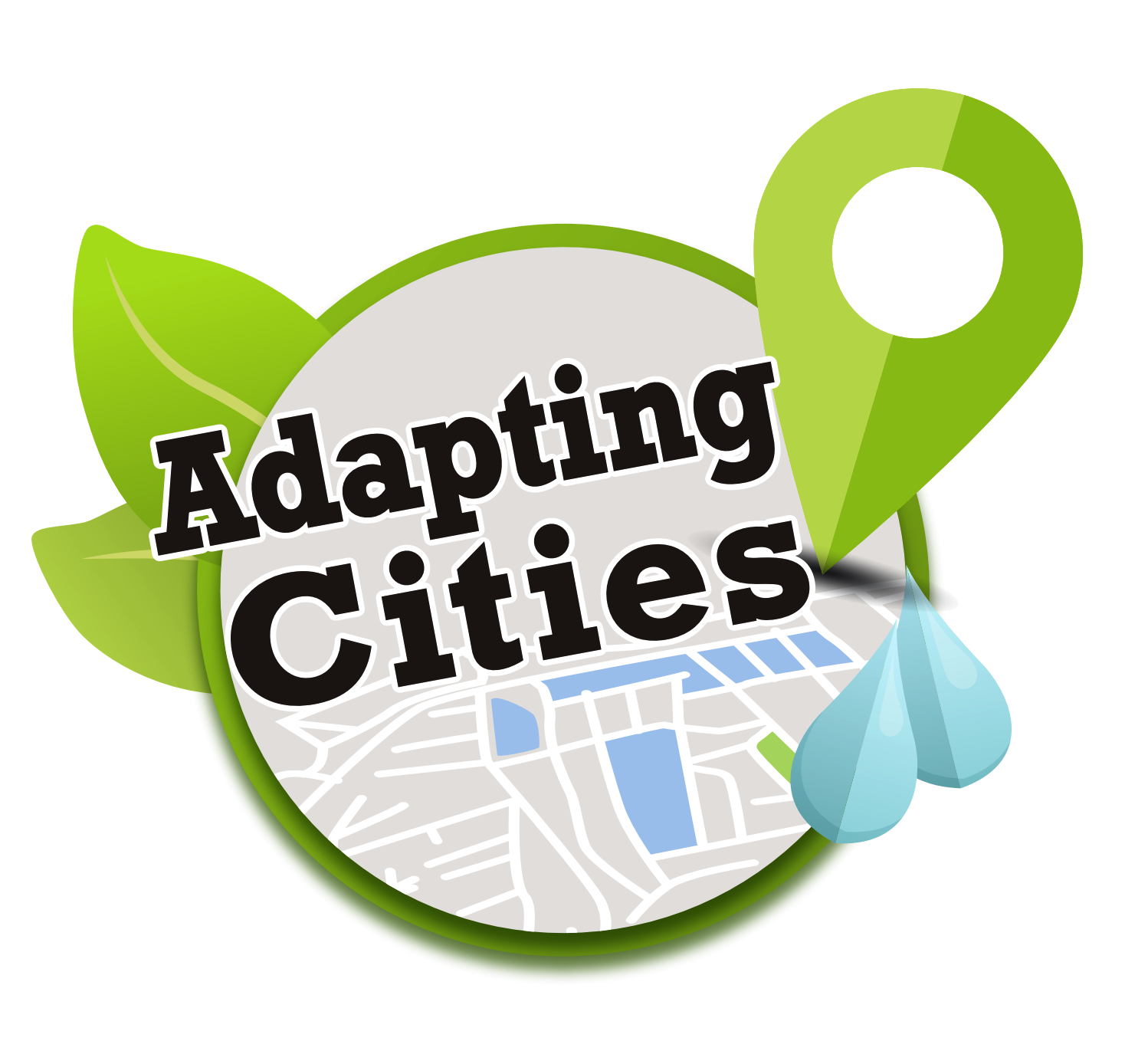
Brussels Centre for Urban Studies
Education
Sustainable Architecture
Adaptation to climate change
Department of Hydrology and Hydraulic Engineering (HYDR) of the Vrije Universiteit Brussel (VUB)
Completed in March 2024
Adapting Cities is an educational tool that facilitates learning and decision-making to achieve sustainable and resilient cities, taking into account climate risks and how to combat them using green infrastructure, planning and urban design.
The triple health, biodiversity and climate crisis that has marked our lives in the last 2 years has dramatically increased anxiety levels among urban dwellers, especially young people. In the face of closures and the continuous flow of alarming news about the state of the environment, urban nature has become a key, if scarce and threatened, source of resilience for many.
Cities and their hinterlands must find a new positive and natural balance, supported by their citizens. To do this, cities need to undergo a transformation, primarily social and political, to move away from grey infrastructure and embrace the multiple benefits of smarter green infrastructure. The urgency to act on climate change and biodiversity loss is reflected in a number of recently defined legislation and policy objectives at different constitutional levels. To implement these policies, infrastructure and cities play an essential role. The EU encourages municipalities to become greener through initiatives such as the Green Capital Award, the Leaf Award, and theGreen City Tool.
“Adapting Cities“is an evidence-based urban resilience game aimed at both young people and other stakeholders. stakeholders at the municipal level (citizens, private and public investors), in which green infrastructure scenarios are designed with the aim of reducing climate-related risks (floods, heat islands, worsening air quality) and increasing the overall quality of life, as well as enhancing biodiversity.
The game, which is based on innovative MI tools developed by the project partners, will enable municipalities and communities:
Adapting Cities is an educational tool that facilitates learning and decision-making to achieve sustainable and resilient cities, taking into account climate risks and how to combat them using green infrastructure, planning and urban design.
The triple health, biodiversity and climate crisis that has marked our lives in the last 2 years has dramatically increased anxiety levels among urban dwellers, especially young people. In the face of closures and the continuous flow of alarming news about the state of the environment, urban nature has become a key, if scarce and threatened, source of resilience for many.
Cities and their hinterlands must find a new positive and natural balance, supported by their citizens. To do this, cities need to undergo a transformation, primarily social and political, to move away from grey infrastructure and embrace the multiple benefits of smarter green infrastructure. The urgency to act on climate change and biodiversity loss is reflected in a number of recently defined legislation and policy objectives at different constitutional levels. To implement these policies, infrastructure and cities play an essential role. The EU encourages municipalities to become greener through initiatives such as the Green Capital Award, the Leaf Award, and theGreen City Tool.
“Adapting Cities“is an evidence-based urban resilience game aimed at both young people and other stakeholders. stakeholders at the municipal level (citizens, private and public investors), in which green infrastructure scenarios are designed with the aim of reducing climate-related risks (floods, heat islands, worsening air quality) and increasing the overall quality of life, as well as enhancing biodiversity.
The game, which is based on innovative MI tools developed by the project partners, will enable municipalities and communities:

Brussels Centre for Urban Studies
Education
Sustainable Architecture
Adaptation to climate change
Department of Hydrology and Hydraulic Engineering (HYDR) of the Vrije Universiteit Brussel (VUB)
Completed in March 2024
An online game will be developed that aims to support STEM learning for young people, and decision making for today’s decision makers and investors, as well as providing information on how the development of green infrastructure contributes to the urgent green and just transition, and cost/benefit assessment. This game will be based on real data, from environmental and urban hydrological modelling, which provides a quantitative and spatially distributed assessment of the benefits of nature-based measures.
info@icatalist.eu
(+34) 644 64 66 85
HUB Las Rozas Innova
Calle Jacinto Benavente, 2A,
28232 Las Rozas de Madrid
© – I-CATALIST S.L. – All rights reserved
Development: Selva Digital